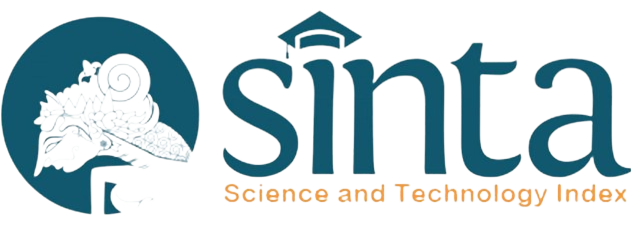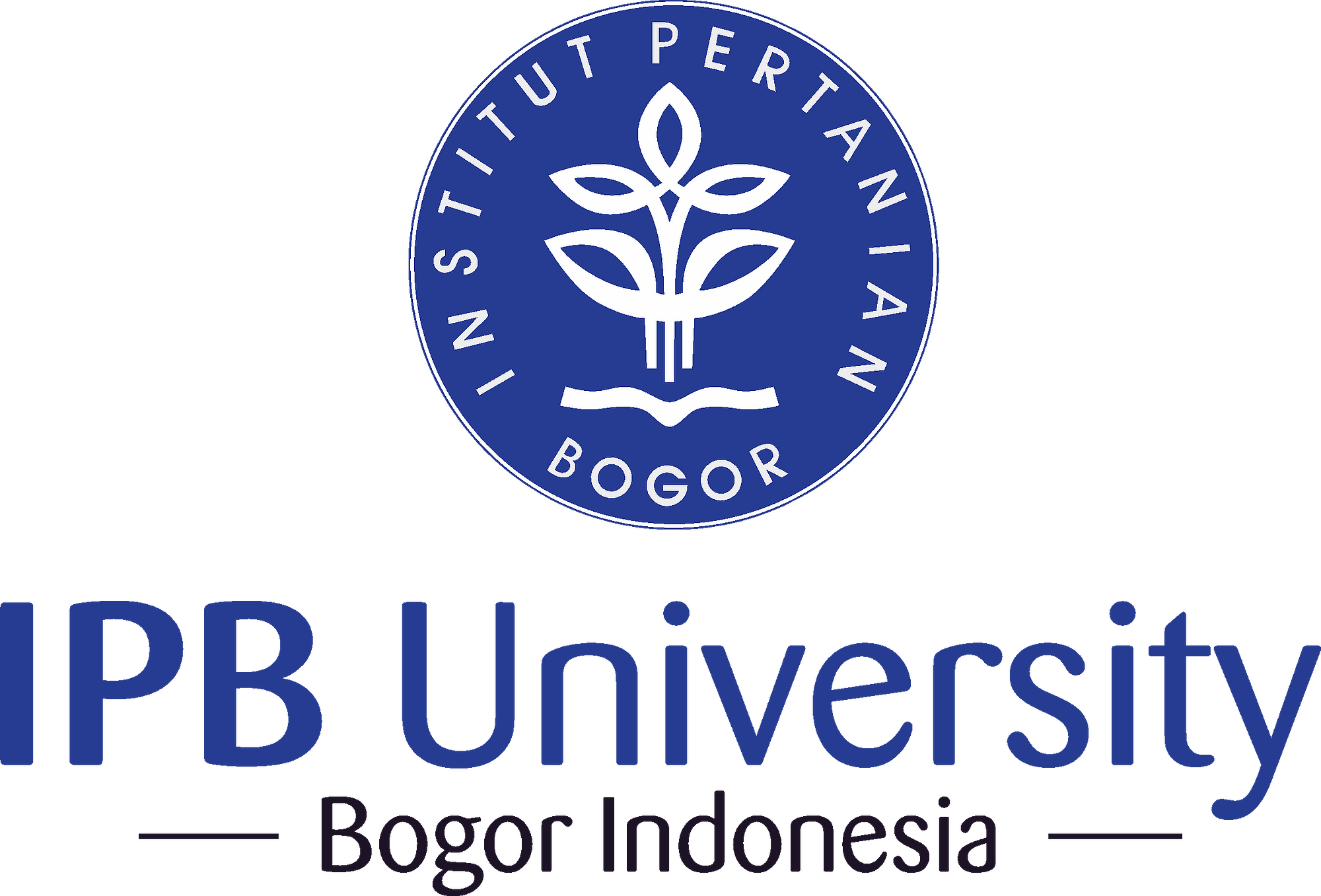Hara Pembatas Pembentukan Bunga dan Benih Tanaman Viola (Viola cornuta L.)
Abstract
Phosphate and or potassium nutrients are limiting factors for the formation of flowers and seeds of viola (Viola cornuta L). The purpose of this study was to determine the effect of limiting nutrients on the number of flowers and yield by viola female plants. Research was carried out in June to August 2018 in farm of PT. Selektani Horticulture, Magelang. This research was approach using Minus One Elements Technique with 5 treatments, that is Tropical Sub Standard, Tropical Modification, -P, -K, -PK repeated 5 times therefore 25 units of experiment were tested. The results were analyzed of variance at 95% accuracy. DMRT at 5% level of probability was used to know the difference between treatments. The observed parameters includes number of flowers, number of pods, pod weight, pod dry weight, net dry seed, number of seeds per pod. In terms of quality of seed includes germination rate (DB), speed of germination (KCT) and simultaneity of germination (KST). This study showed that P and K nutrients were the limiting factors for flower and seed production of viola. Without P and K nutrients, plants only produce the number of flowers, number of pods, productivity and germination respectively 76.62%, 73%, 57.95% and 53% compared to Standard Sub Tropical treatments.
Keywords: minus one element technique, ornamental plant, P and K elements, seed production













